12 Budget-Friendly Cooking Tips That Work
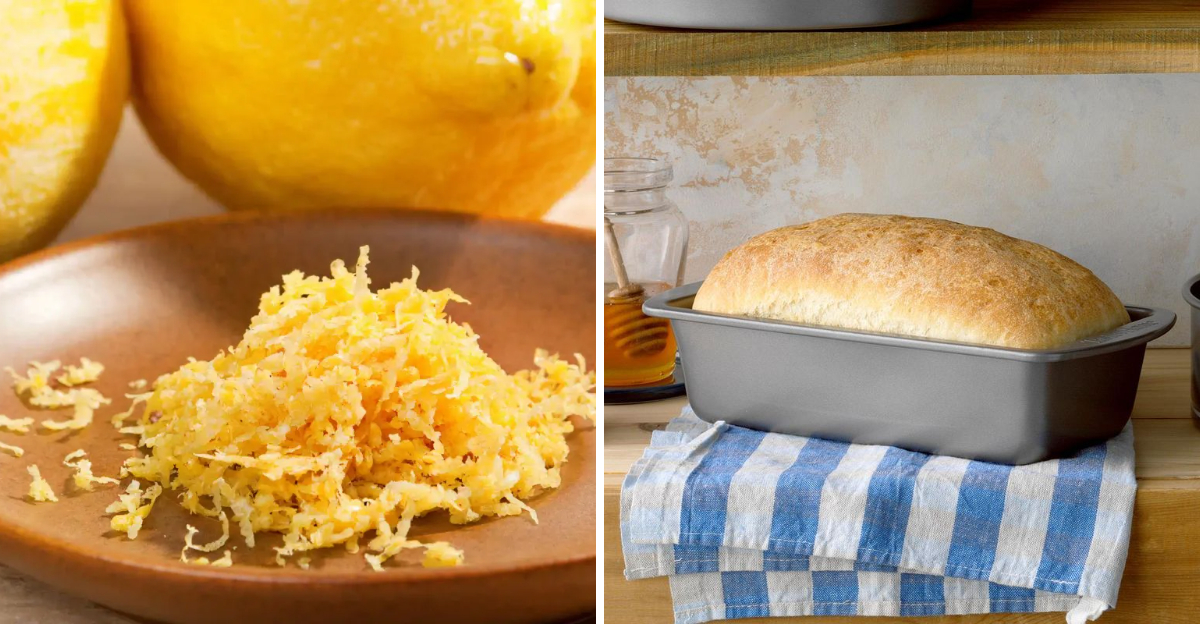
Cooking on a budget doesn’t mean sacrificing flavor or versatility. It’s about making thoughtful choices and combining the most conventional and different ideas to bring quiet excitement to your kitchen without breaking the bank. With a little designs and planning, budget-friendly meals can be just as satisfying. Here’s a collection of 12 approachable tips, each designed to inspire you to save money while still enjoying simple and tasty meals.
1. Freeze Leftover Herbs

Why let those extra herbs go to waste when you can preserve them. Freezing herbs in olive oil or water not only saves money but also adds flavor to versatile meals. Simply chop your leftover herbs, place them in an ice cube tray, cover with olive oil or water, and freeze. These herb cubes are suitable for soups, stews, and sauces. Plus, they’re are a way to keep your ingredients fresh and full of flavor. Next time you buy fresh herbs, think about preserving the extras for later.
2. Make Your Own Spice Blends
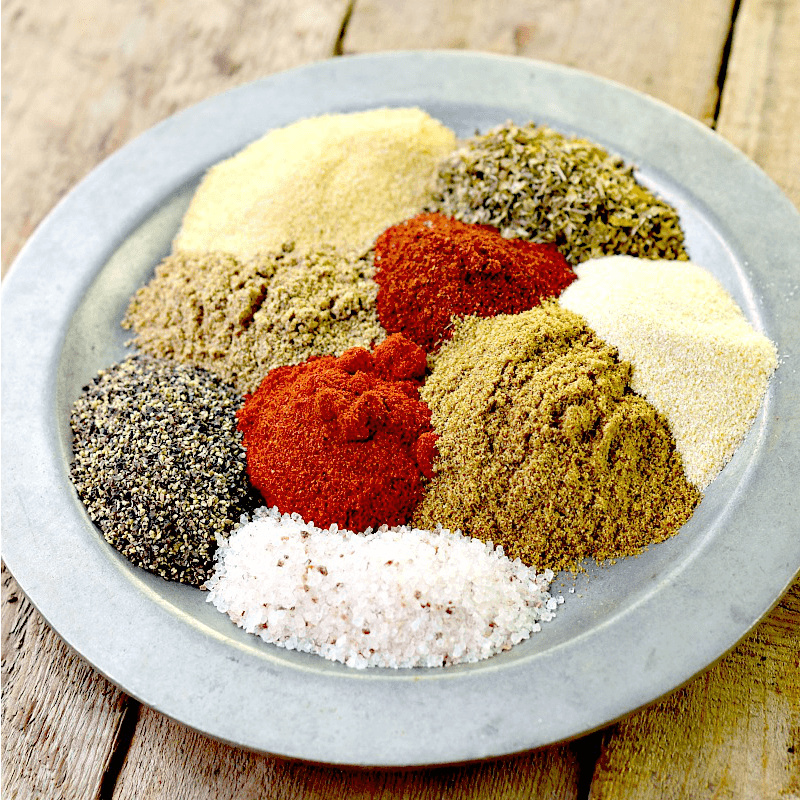
Store-bought spice blends can be expensive, but making your own is both economical and fun. Start by experimenting with different combinations like paprika, cumin, and garlic powder. Not only will you save money, but you’ll also customize the flavors to suit your taste. This approach allows you to explore global cuisines without leaving your kitchen. Whether you’re cooking Mexican, Indian, or Italian, you’ll have the ideal spice blend ready. Try making a barbecue rub or a soothing curry mix.
3. Cook with Canned Beans
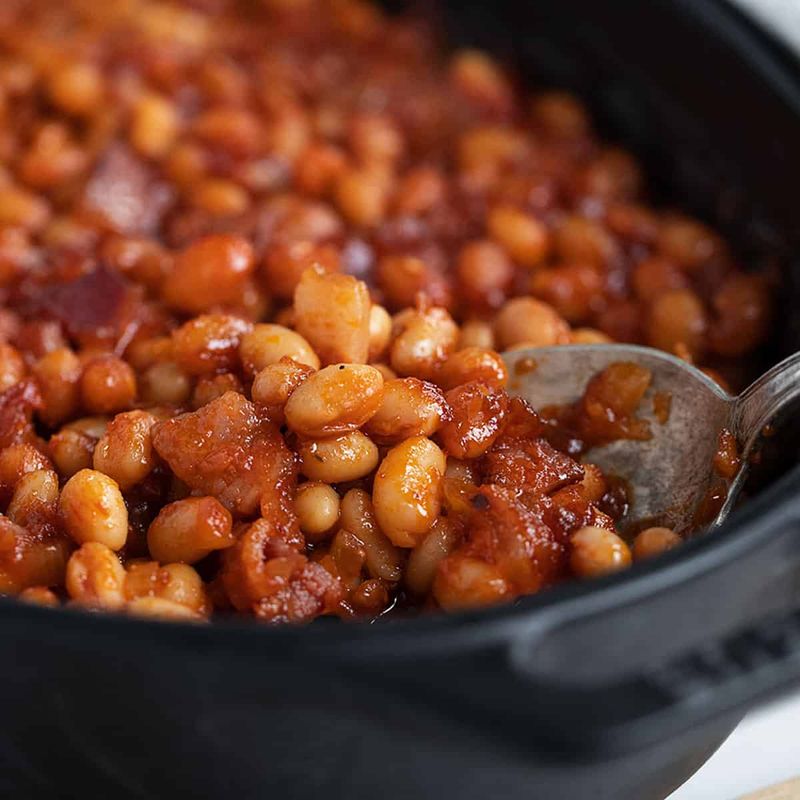
Affordable and versatile, canned beans are a pantry staple. They make an excellent base for meals, from salads to soups. They’re rich in protein and fiber, making them a nutritious choice too. Simply rinse to reduce sodium content, then add them to your dish. Canned beans are suitable for quick meals; think bean chili, hummus, or a hearty stew. With different possibilities, beans are a budget-friendly way to keep your meals healthy and satisfying.
4. Use Citrus Zests
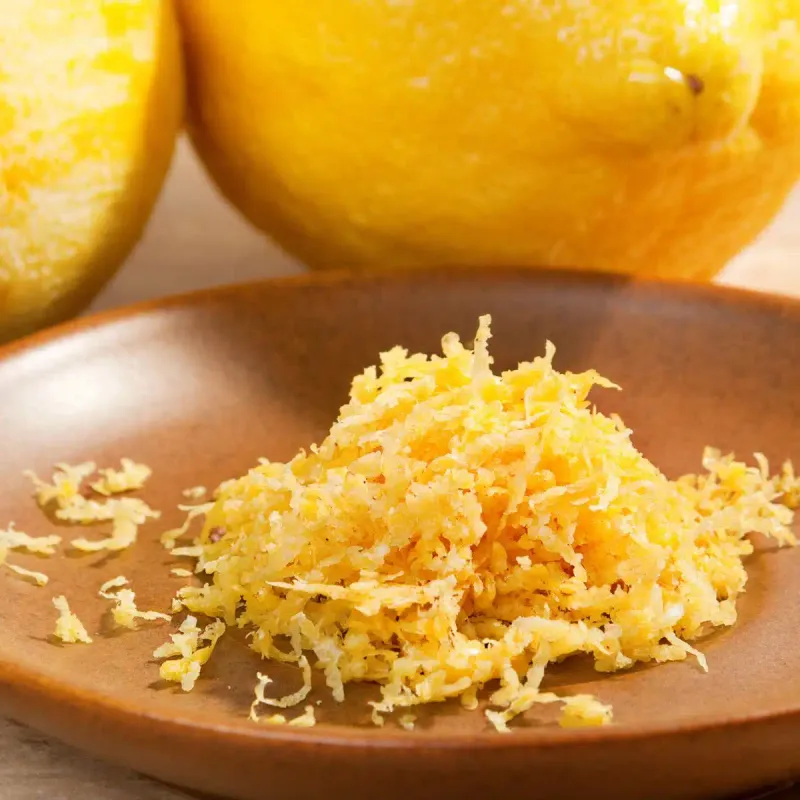
The zest of citrus fruits can change a dish with its flavor. Instead of discarding the peel, use it to enhance your meals. Grate the zest and add it to dressings, marinades, or baked meals. It’s a simple way to add freshness and complexity. Citrus zests can also be frozen for later use, ensuring nothing goes to waste. Whether you’re brightening up a salad or adding zing to a dessert, the possibilities are versatile with citrus zests in your kitchen.
5. Bake Bread from Scratch
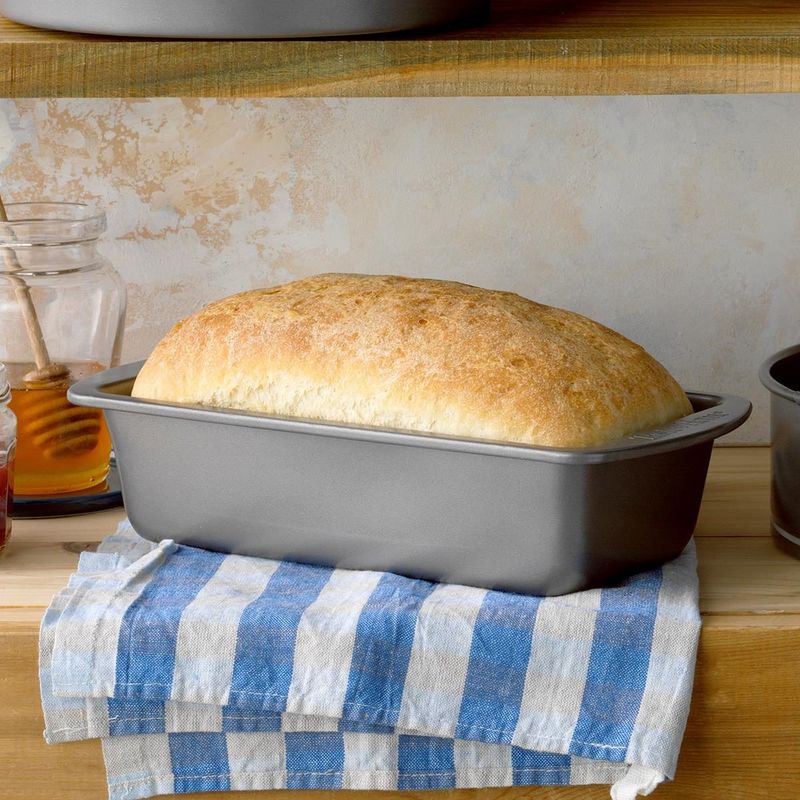
Baking bread at home is not only cost-effective but also healthy. With just flour, water, yeast, and salt, you can make a variety of bread types. From sourdough to whole wheat, homemade bread is fresher and often healthier than store-bought options. Experiment with different recipes and techniques, like adding seeds or making different shapes. Baking bread is more than just a way to save money; it’s an opportunity to learn and enjoy the process of making something nourishing.
6. Consider meatless day
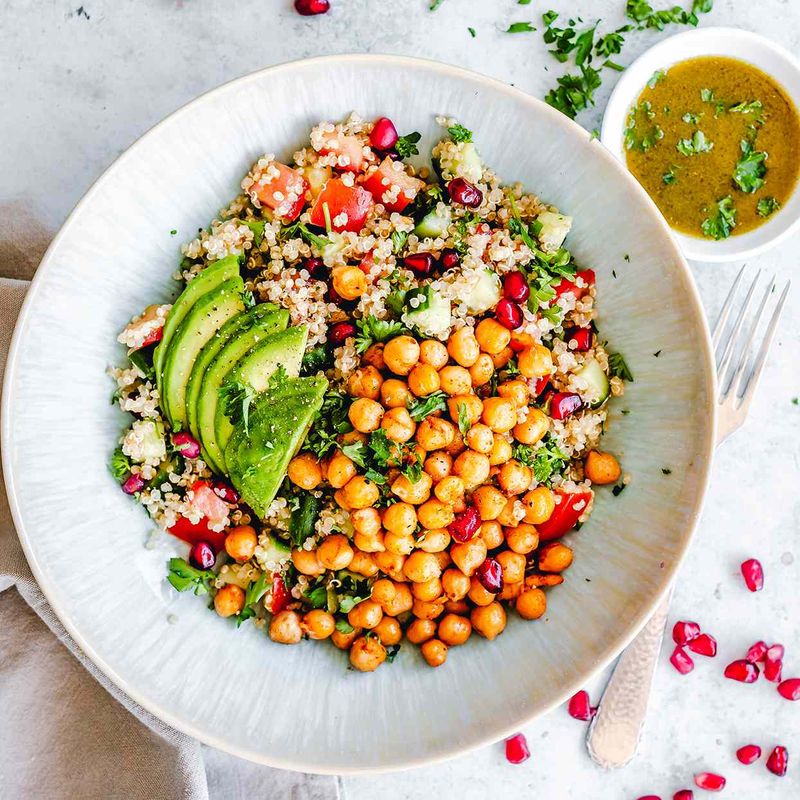
Consider incorporating a meatless day into your week. Not only is it budget-friendly, but it also encourages you to explore plant-based meals. Try recipes like vegetable stir-fries, lentil soups, or chickpea salads. Going meatless once a week can lead to discovering new flavors and dishes that you might not have tried otherwise. It’s a simple change that can make a significant impact on your budget, health, and the environment. Embrace the variety and creativity of plant-based cooking.
7. Grow Your Own Vegetables
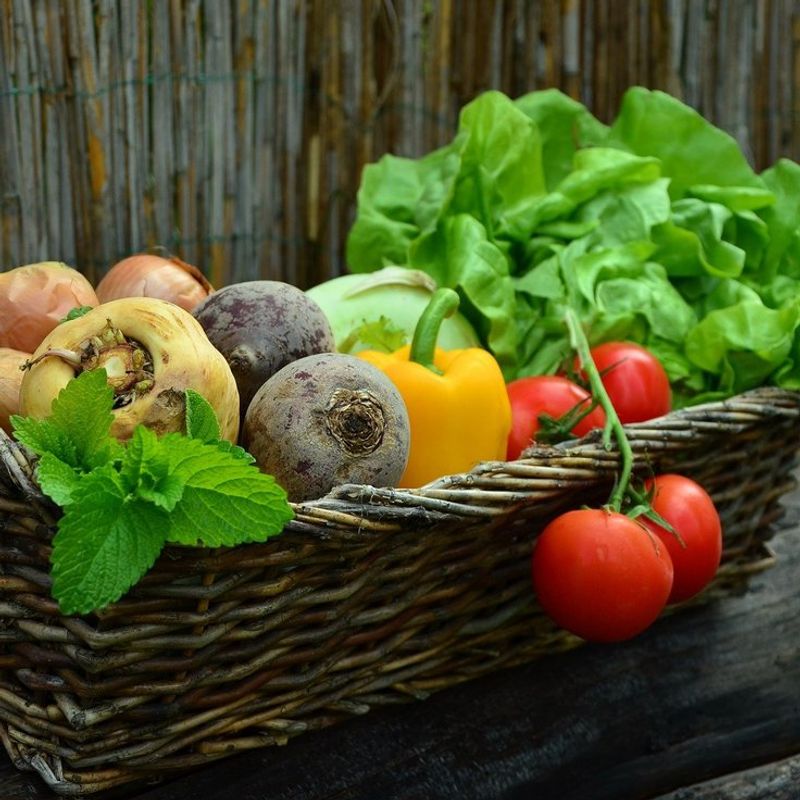
Having fresh vegetables at your fingertips without a trip to the store. Growing your own vegetables is not only rewarding but also a way to save money. Whether you have a garden or just a balcony, you can start small with herbs or tomatoes. Homegrown produce is fresh and free from chemicals, enhancing both flavor and health. It’s a ideal that is helpful and connects you with nature and the food you eat. Enjoy the versatility of harvesting your own produce and the savings it brings.
8. Refresh Leftovers
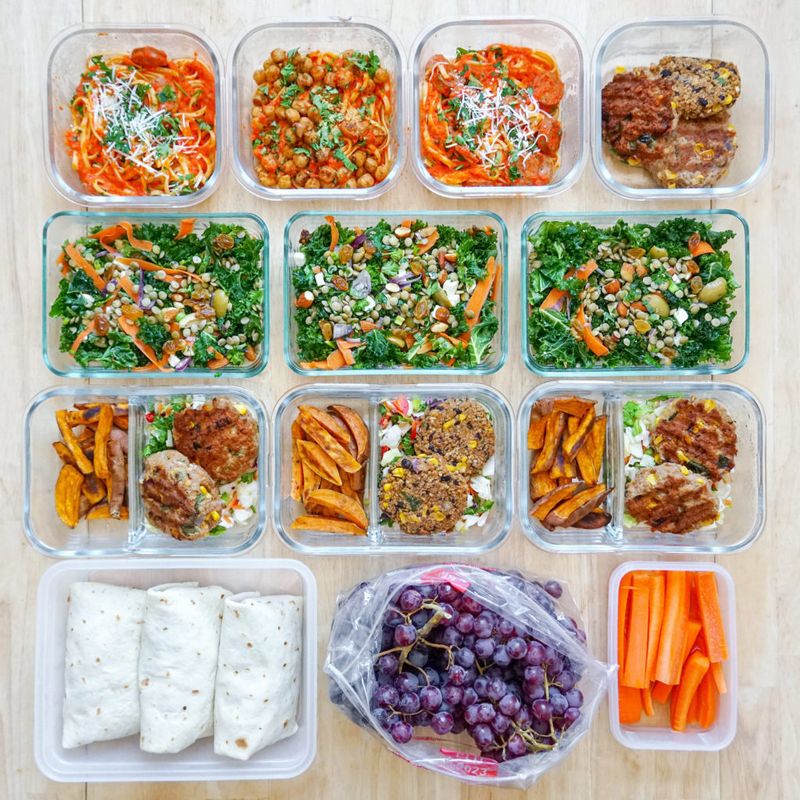
Change leftovers into something new is a skill that can save both time and money. Instead of reheating yesterday’s meal, think how to use it. Turn roast chicken into a hearty soup or rice into flavorful stir-fried rice. The key is to see leftovers as ingredients for new dishes, not scraps. With a bit of thinking, you can make meals that are just as exciting as the original dish. It’s a sustainable practice that reduces waste and keeps your meals diverse and enjoyable.
9. Learn Basic Knife Skills
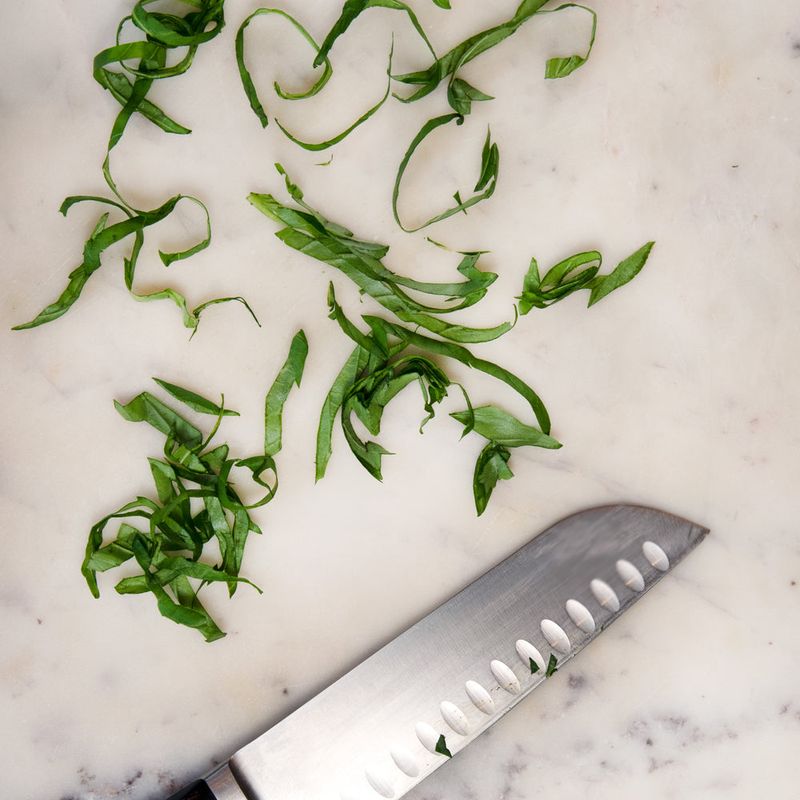
Sharpening your knife skills can significantly impact your cooking efficiency and reduce waste. Proper cutting techniques make meal prep faster and more enjoyable. By mastering basic cuts like dicing, slicing, and julienning, you’ll ensure even cooking and better presentation. It can also extend the freshness of your ingredients, as precise cuts mean less waste. Investing time in learning these skills pays off in making cooking more streamlined and less stressful, which can encourage more home-cooked meals.
10. Use Cheaper Cuts of Meat
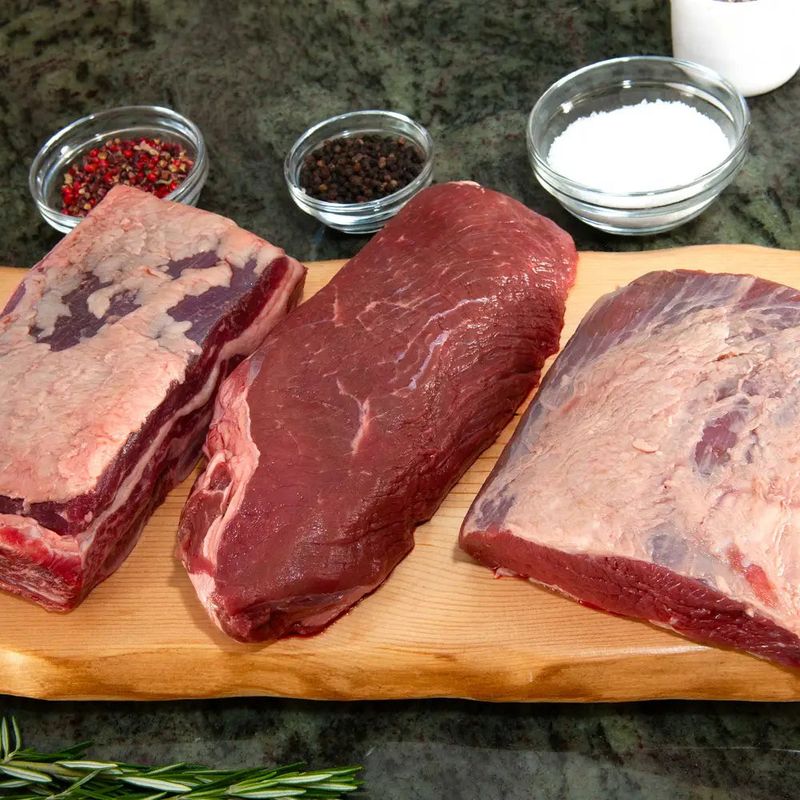
Cheaper cuts of meat can be just as flavorful and satisfying as their pricier counterparts. Cuts like chicken thighs and beef chuck are not only versatile but also suitable for slow cooking, which tenderizes the meat and infuses it with rich flavors. When you’re at the butcher, don’t shy away from asking for more affordable options. Look at bustling butcher’s shop, where expertly cut meats are presented to eager customers looking for a deal. These economical choices can be the star of hearty stews or succulent roasts that makes a pleasant meal for the entire family. Experiment with different cooking techniques to make the most of these cuts.
11. Make Your Own Stock
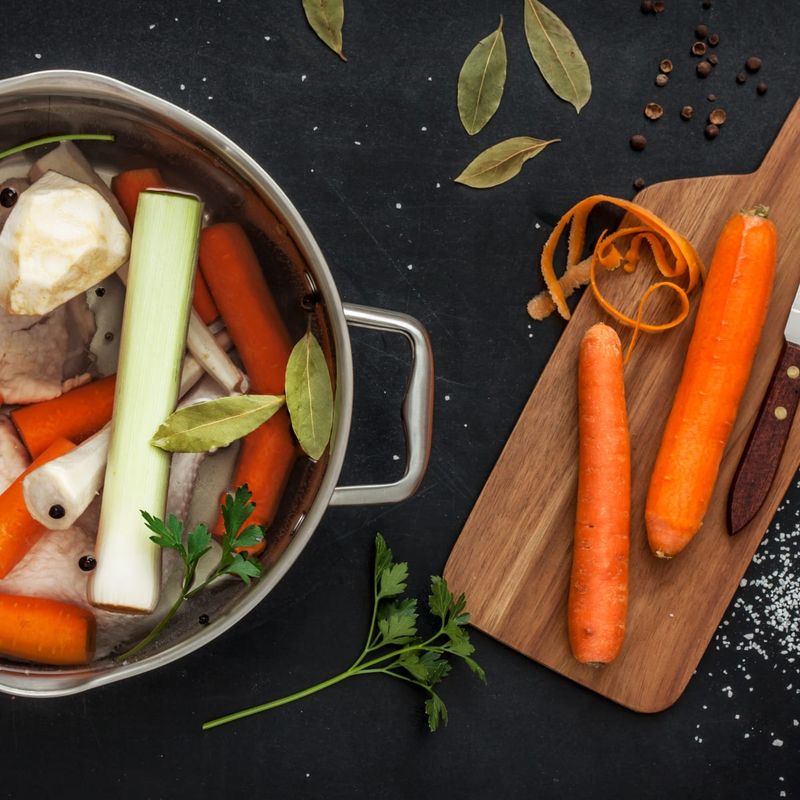
Homemade stock is a cost-effective way to utilize kitchen scraps and enhance your cooking. Save vegetable peels, bones, and herb stems, and simmer them to make a rich and flavorful stock. It’s a different way to add depth to soups, sauces, and risottos without purchasing expensive store-bought versions. Making your own stock allows you to control the flavors and reduce waste. Plus, it’s an easy process that adds a homemade touch to your meals, ensuring leftovers don’t go to waste.
12. Batch Cooking and Freezing
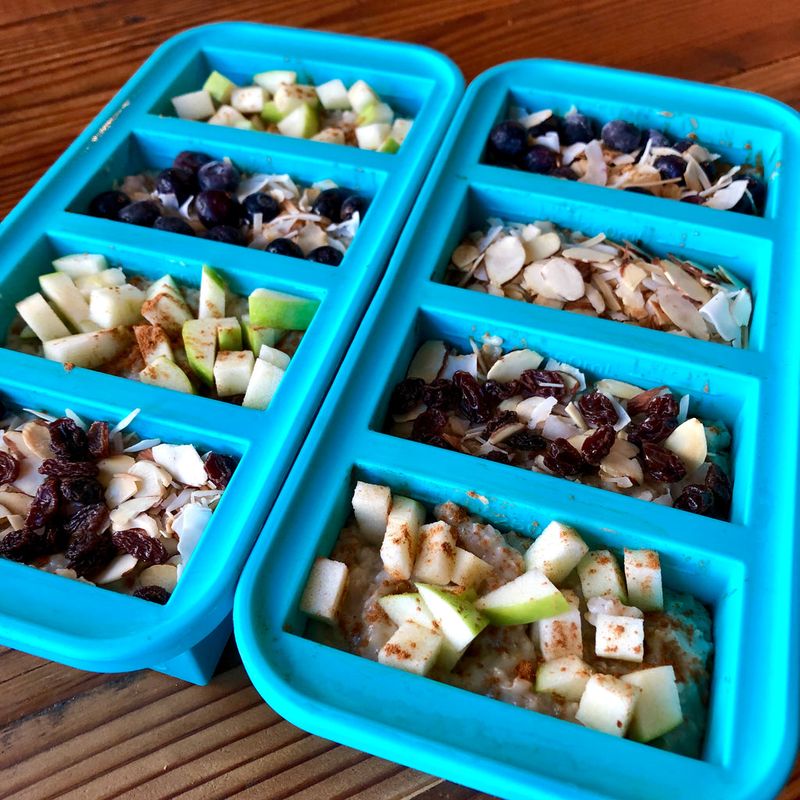
Batch cooking is an efficient way to save both time and money. By preparing large quantities of meals and freezing them, you ensure you always have something ready to eat. Whether it’s soups, stews, or casseroles, these meals can be cooked in advance and stored for later. It reduces the temptation to order takeout on busy days and ensures you have healthy options available. This practice not only cuts down on cooking time during the week but also makes meal planning simpler and stress-free.
